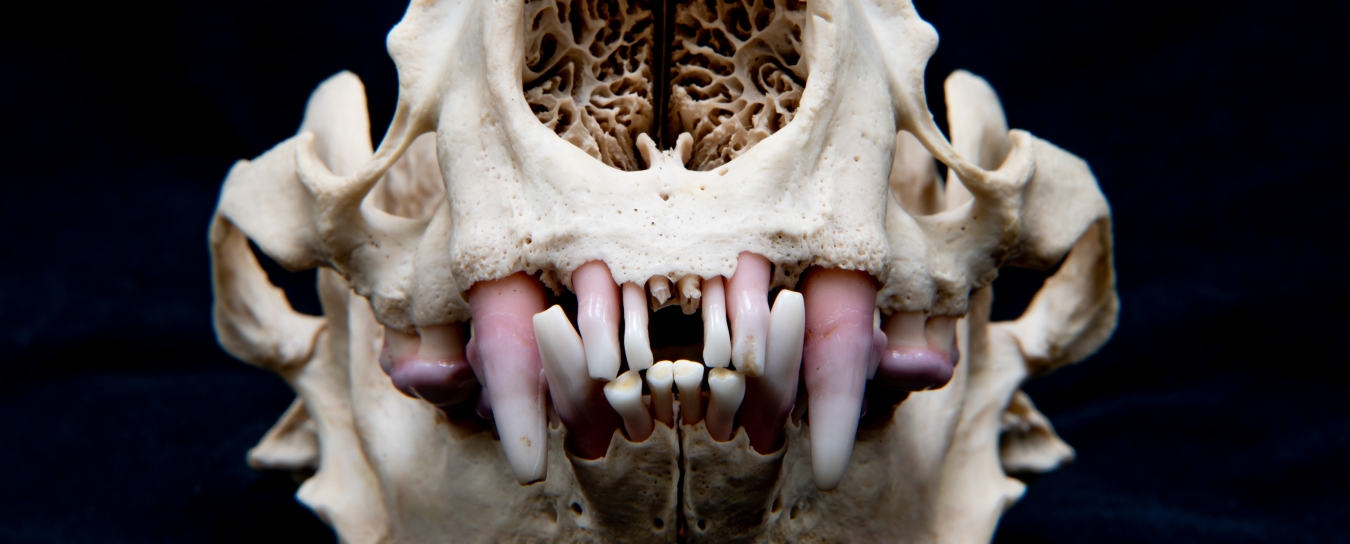
Vertebrates
Browse our Q&A about birds, eggs, nests, amphibians, reptiles, and mammals of the Central Coast and Channel Islands.
- Anthropology
- Rocks & Fossils
- Invertebrates
- Vertebrates
- Botany
- Astronomy
- Fungi
- General
- Recently Asked
What Type of Bones Are These, and What Did They Come From?
Good Afternoon,
I discovered these bones near the top of a seacliff off the Santa Barbara Coastline, near UCSB. They look like vertebrae to me, but I truly have no clue.
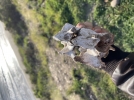
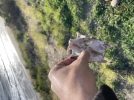
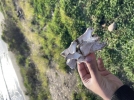
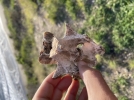
Curator Response
Hi Shahmeer,
Thanks for sharing your find with us! Yes, you are correct, these are vertebrae. They look like vertebrae from a California Sea Lion to me, and my colleagues here in the Department of Vertebrate Zoology agree. I’ve worked with this species many times in our collections, sometimes preparing the bones of sea lions that have died from one thing or another and been brought to the Museum to add to our research collection.
When it comes to determining what part of the spine these vertebrae are from, I don’t see that these have the lateral processes (wing-like protrusions) which vertebrae in the lumbar part of the spine, near the hips, would have. They also lack the little spot where ribs would interface with them, so they aren’t thoracic vertebrae in the part of the spine connected to the ribcage. So these look like they come from the cervical part of the spine, the end near the head. These are features which apply widely, so if you want improve your vertebrae ID skills quickly, you can learn to identify those features which show what part of the spine the bones are from.
I’m glad to see photos of these taken on the site. Photographing something interesting like this and then leaving it in place is the best thing to do. There are a lot of regulations designed to protect marine mammals, and some of those restrict the collection of their parts. Although these laws are mostly intended to discourage forms of economic exploitation that can negatively impact animals populations and species, an added benefit to leaving things in place is that you keep the resources in the ecosystem for other organisms. For example, these bones probably ended up on the bluffs because a scavenger like a coyote, fox, or raccoon dragged them there from the beach in the process of feeding. If they stay there in nature, they can supplement the diet of other animals that need calcium and like to nibble on old bones.
Stay curious,
Curator Emeritus of Vertebrate Zoology Paul W. Collins, M.A.


